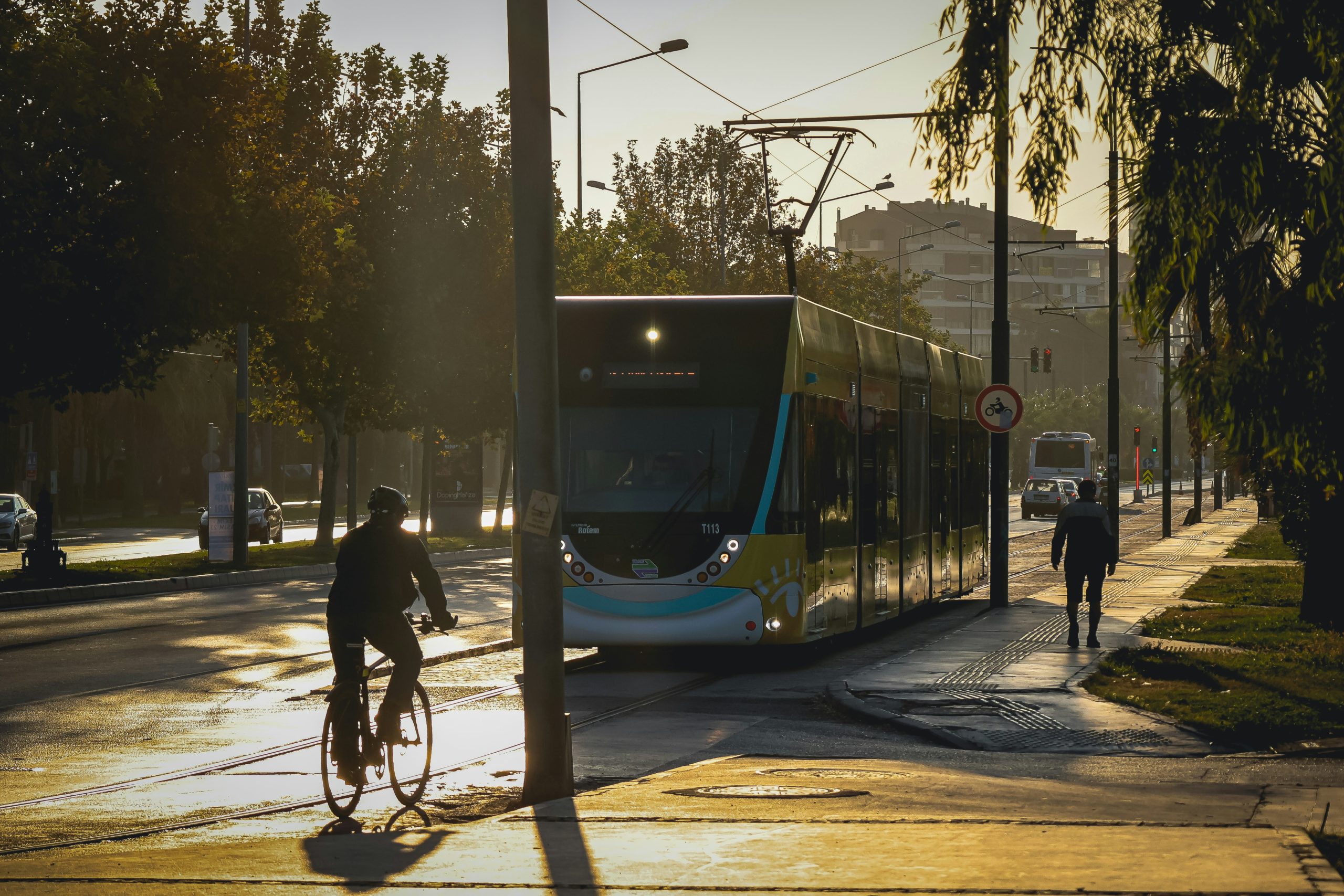In the world of public transit, digital transition, operational efficiency, and sustainability are more relevant than ever. Yet, there are areas where change is slower to take hold: one of these is the physical object used for fare media, including contactless paper tickets. These are paper-based tickets embedded with RFID or NFC microchips capable of storing and managing information, commonly used in public transportation.
These solutions, widely adopted across many systems, have marked, and still represent to some extent, a significant step forward compared to traditional magnetic or paper tickets. However, in a world where technology and environmental awareness increasingly go hand in hand, it’s worth asking: how sustainable are contactless paper tickets today?
VISIBLE COSTS AND HIDDEN IMPACTS
The unit cost of contactless paper ticket might seem low at first, but when multiplied by the millions of tickets issued annually by transport operators, the numbers add up quickly.
These costs include:
- Printing and personalization (typically around €0.10 per unit);
- Storage and batch management;
- Distribution to the sales network;
- Internal administrative handling.
What’s more, their environmental impact is far from negligible. The hybrid nature of the materials used makes production more complex and polluting than standard paper tickets. And due to the embedded chip, they are not recyclable through standard channels and need to be treated as special waste.
This leads to higher disposal costs, more complex waste management processes, and a greater environmental footprint, especially if not properly sorted at end-of-life.
SUSTAINABILITY: A CONCRETE CHALLENGE (AND OPPORTUNITY)
As public transport operators increasingly address ESG (Environmental, Social, and Governance) goals, ticketing media is becoming part of broader strategic evaluations.
This doesn’t mean contactless paper tickets must be phased out overnight. But in light of the new tools available today, it may be time to reassess their role in a long-term strategy.
ARE THERE ALTERNATIVES? YES, AND THEY ARE ALREADY AVAILABLE
In recent years, several digital ticketing solutions have emerged and matured, significantly reducing the need for physical media.
Beyond traditional mobile app-based tickets, there are now even more immediate and user-friendly methods, such as receiving a ticket directly via chat, with no downloads required.
Solutions like Chat&Go®, for instance, follow this path: they simplify access for passengers while reducing the operational load for transit agencies, eliminating logistics and physical distribution altogether.
Even in cases where physical tickets are still necessary, there are more efficient and sustainable ways to manage them. With OpenMove ACT, for example, distribution to the sales network becomes much more streamlined thanks to affordable, all-in-one devices that combine thermal printing with contactless payment capabilities. This approach enables:
- Instant ticket issuance;
- Elimination of centralized stock;
- Reduced shipping and logistics costs.
The tickets printed via OpenMove ACT are essentially digital products. They are generated in real time, tied to a traceable transaction, and offer all the benefits of digital ticketing: efficient management, control, and high security standards. (Read here how Autostradale revolutionized its tickets system thanks to OpenMove ACT.)
LOOKING AHEAD
There’s no doubt that contactless paper tickets have played, and still play, a valuable role in modernizing fare collection. The challenge today, however, is responding to growing demands for sustainability and simplicity in ticketing.
From reducing costs and streamlining processes to minimizing environmental impact, rethinking physical media can make a real difference. Digital technologies now offer concrete tools to help public transport evolve in a gradual, realistic, and responsible way, toward a future of smarter, more accessible, and more sustainable mobility.


